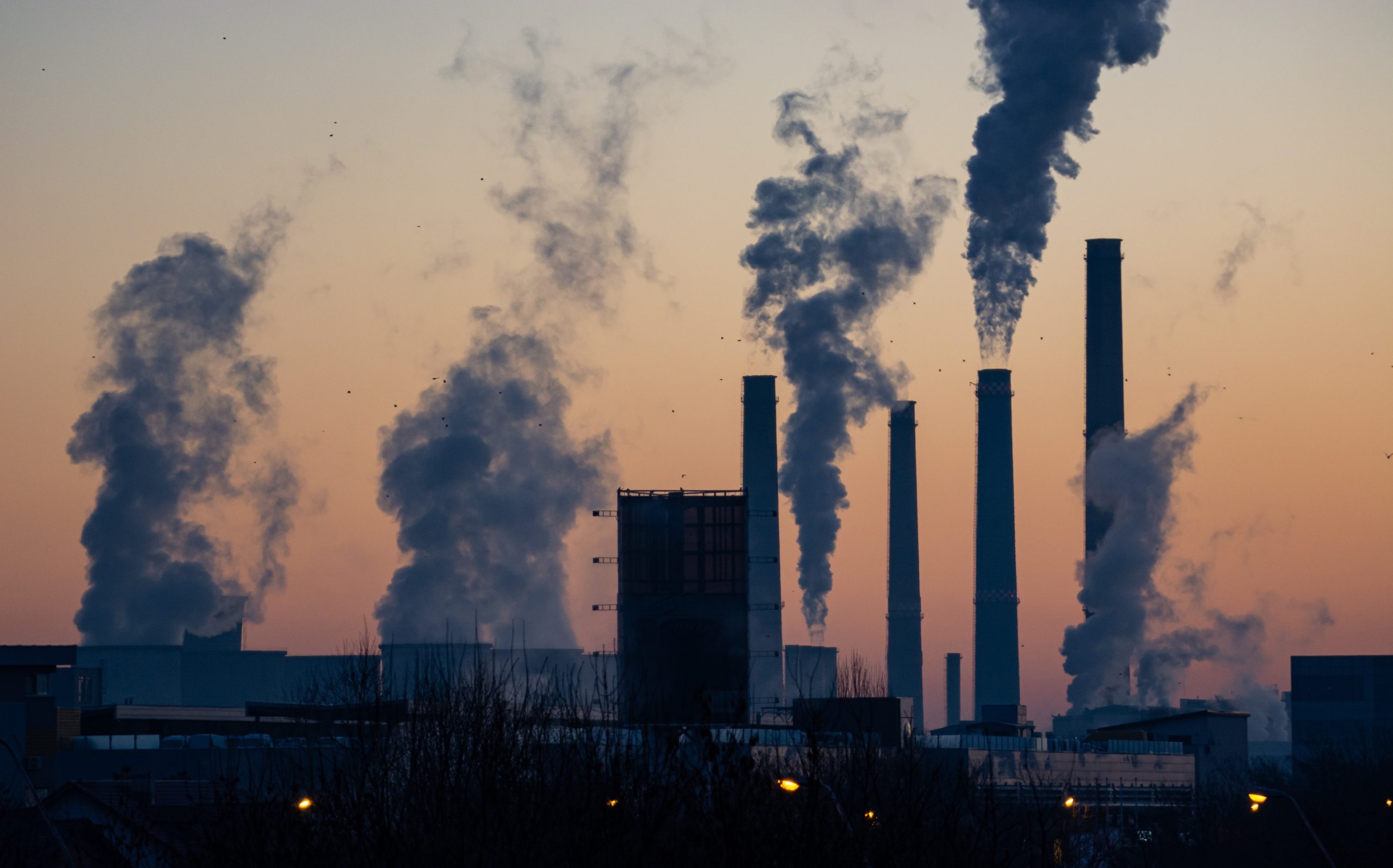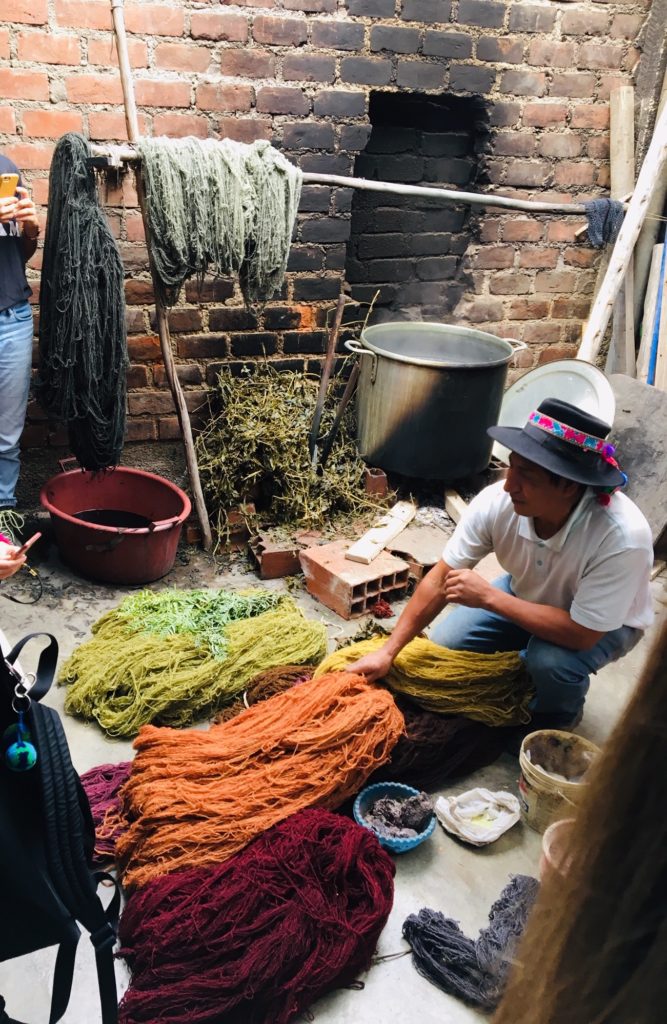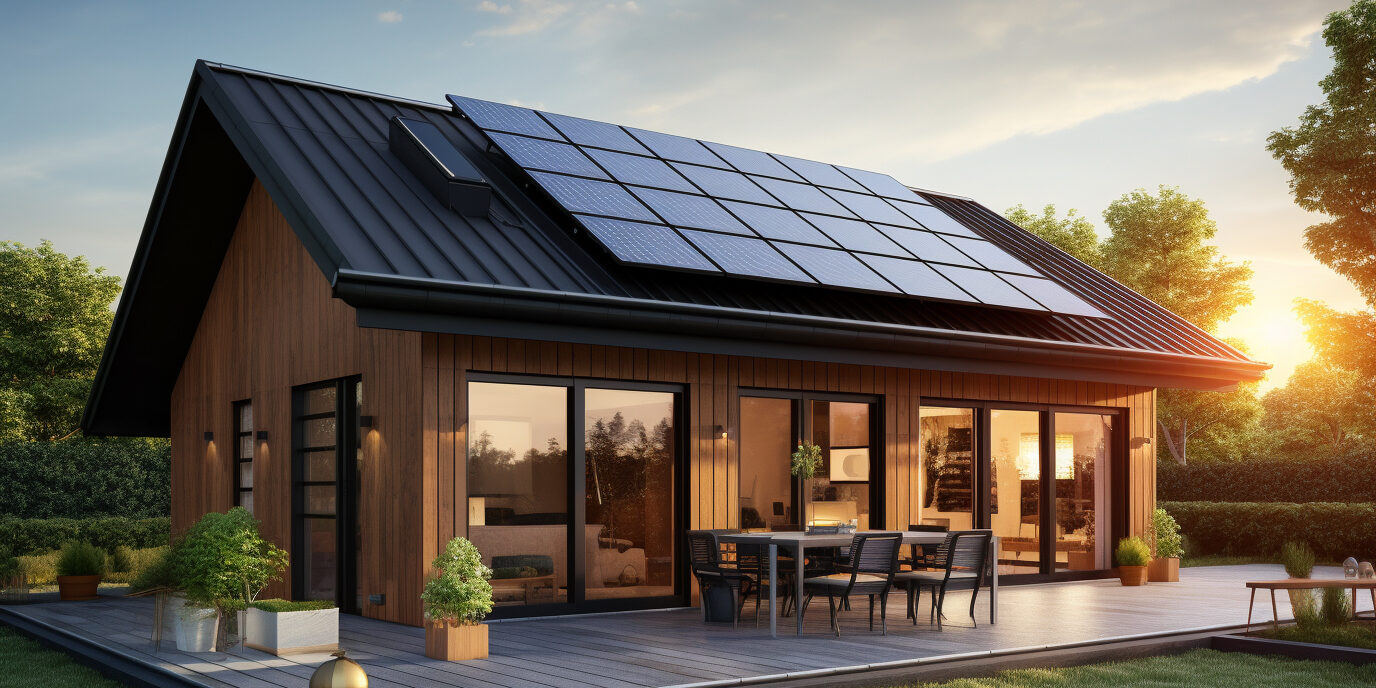End of Year Outlook & Sharing Event
Catch the highlights from the End of Year Outlook and Sharing Event by Green Inside and Out in this recording. This virtual gathering brought together eco-conscious minds to reflect, celebrate, and strategize for a greener future. Enjoy insightful discussions, innovative ideas, and a shared commitment to sustainability. Subscribe for more on our journey towards environmental stewardship. ⤵️




